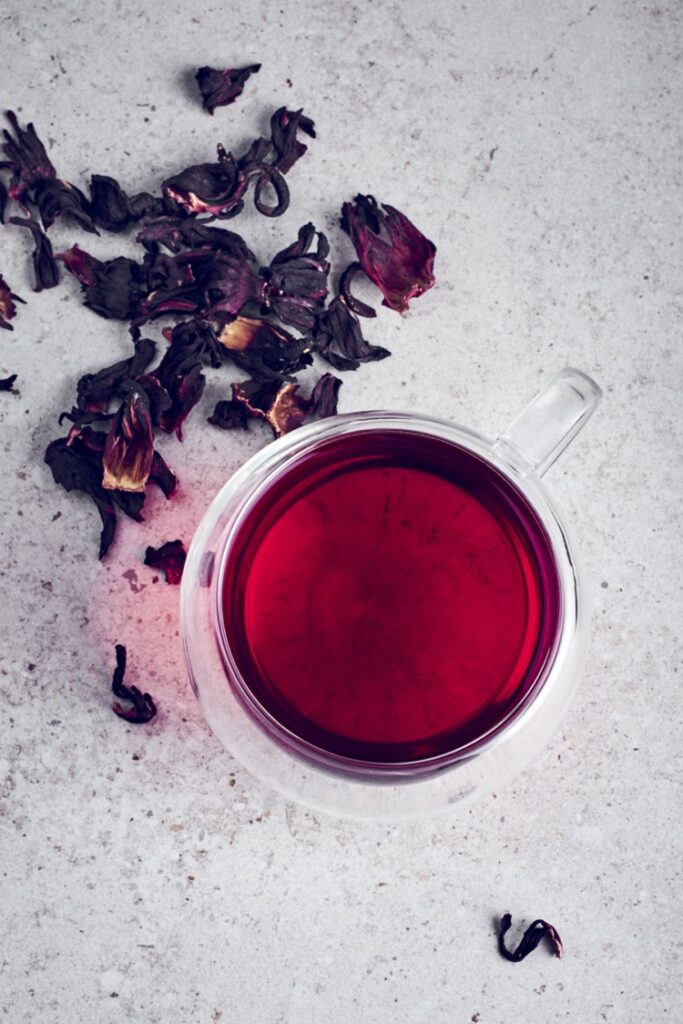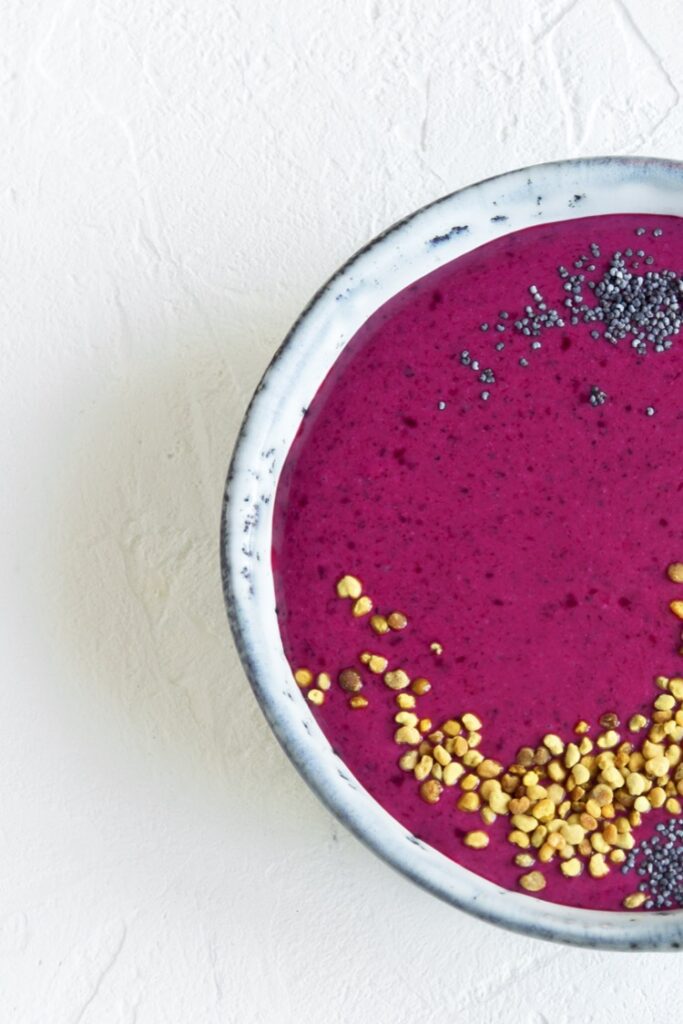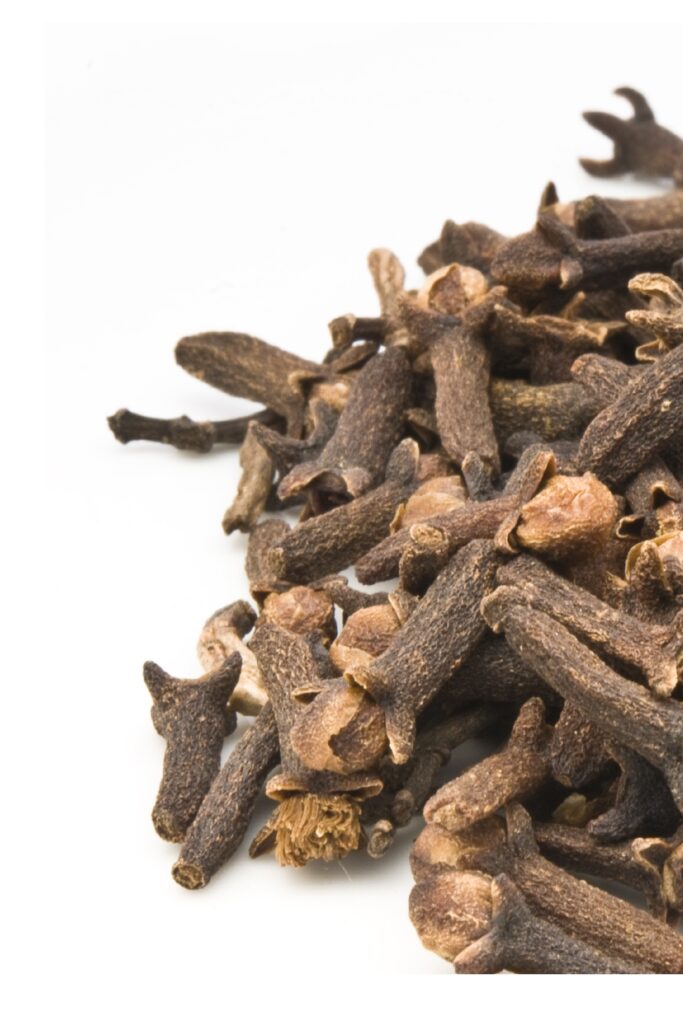Updated: June 30, 2021

Whether you’re a new natural or already years into your hair journey, I’m sure you already know about shampoo’s bad reputation. This is what may have led you to seek out using rhassoul clay fo your 4c hair!
Especially as 4c naturals, we have to be really careful when choosing the right shampoo!
To do so, we avoid sulfates, silicones, and overly clarifying shampoos.
We pick specifically moisturizing shampoos and take extra steps like “pre-pooing” to ensure our strands aren’t too stripped during wash day.
In this quest to avoid shampooing our natural hair too often, I’m sure you’ve come across co-washing but maybe not Rhassoul clay washing.
What is Co-Washing?
Co-washing, as the name might indicate, involves washing your hair with conditioner, instead of shampoo.
It’s an easy way to gently clean the hair, and rehydrate it in-between shampoo washdays.
Unfortunately, co-washing isn’t the perfect solution that many 4c naturals, myself included, wish it was.
When I first started my hair journey, I would wash my hair with conditioner between shampoo days, even though it did almost nothing for me. My hair would be rehydrated, soft, and bouncy immediately after the co-wash. However, I would find that my moisturizer would no longer be able to penetrate my strands in the following days.
Co-washing also did nothing for my extremely dry and sensitive scalp that would just start itching again the next day.
Co-washing only made me want to wash my hair more. Literally – I would count down to the weekend when I could finally use shampoo again and relieve my scalp. It was counter-productive as a way to give my hair a break from shampooing since it only made me miss it more!
I had a love-hate relationship with co-washing throughout my hair journey because I saw it as a necessary evil. It was the only way I could keep my hair and scalp clean while avoiding stripping my hair of too much moisture. Both of which were the famous keys to promote healthy hair growth.
All of this changed when I found out about clay washing my 4c hair with rhassoul clay!
I realized I no longer had to wash my hair with conditioner to prevent hair damage.
There was an ingredient that was even more natural, and equally as gentle that I could use instead. This was the beginning of my love affair with washing my afro hair with clay – specifically Rhassoul Clay!
What is Rhassoul Clay?
You may or may not have already heard about Bentonite Clay. It seems to be more popular in the natural hair community because it is great for conditioning hair, detoxing the scalp, and defining curls. You can read more about Bentonite Clay in our post here.
That last option is probably what has given it more notoriety. However, we’re going to highlight some major reasons why we shouldn’t ignore the benefits of its equally powerful sister: Rhassoul Clay.
The word Rhassoul comes from the Arabic word ghassoul, which means “to wash.” It is also sometimes referred to as Moroccan red clay and is a type of stevensite — a magnesium and mineral-rich clay.
Benefits of Rhassoul Clay for 4C Hair
Rhassoul clay is full of negatively-charged molecules, which allow it to act as a magnet for positively-charged toxins on the scalp. These clay molecules bind with the toxic, dirt molecules on the scalp so that when your hair is rinsed, the scalp is essentially detoxed.
This clay is also rich in natural silica which works as an exfoliant, makes hair shiny, conditioned, and voluminous.
Because of this, when you coat your hair and scalp with rhassoul clay on wash day, rather than stripping it of nutrients and moisture — you’re doing the opposite!
You are getting rid of toxins and excess oil on your scalp while depositing minerals like sulfite and magnesium on your strands.
These minerals are known to add strength and shine to hair while making it more manageable!
Related Post: How To: DIY African Black Soap Shampoo for Natural Hair
Tips for Using Rhassoul Clay on 4C Hair
Because Rhassoul Clay has a lot of benefits on its own, you don’t need much to make a great wash other than water.
However, here at Hibiscus Roots, we always encourage you to personalize your recipes as much as you want!
Take a look at our ever-growing ingredients and herbs guide and figure out what else you would want to add to your rhassoul hair mask, based on your unique hair goals.
WARNING: Rhassoul clay is safe for most people, except those with allergies to metals like aluminum or magnesium. If this is the case, you should avoid clays in general. If you’re prone to psoriasis, eczema, or any other skin condition, please exercise caution when using rhassoul clay. It can be drying or inflammatory to skin with these underlying conditions.
Also, you should never consume Rhassoul clay internally.
Here’s a basic recipe we always suggest for newbies to Ayurveda. Or anyone looking to try Rhassoul clay in their 4c hair for the first time!
It doesn’t involve a lot of ingredients, and can be made in two easy steps, in under 5 minutes! Start with this and progress to more advanced recipes as you get more familiar with Ayurvedic herbs!
Simple Rhassoul Clay Wash Recipe for 4C Hair
Materials
- 100 g Rhassoul Clay
- 100 ml Aloe Vera Juice (substitute 50 ml Apple Cider Vinegar for a deeper clean!)
- 100 g Water (Lukewarm)
- 1 tbsp Shikakai Powder
- 1 tbsp Olive Oil
Essential Oils
- 3 drops Tea Tree Oil
- 3 drops Peppermint Oil
Instructions
- Combine well. Stirring periodically and leaving to rest for clay lumps to dissolve
- Pour into old shampoo bottle or applicator bottle for easy application
Notes
Shikakai powder is optional if you can’t get your hands on it. It’s another powerful ingredient for cleansing your hair and scalp naturally.
How to Use the Rhassoul Clay Wash for 4C Hair
- After following the recipe above, apply the rhassoul clay wash to your scalp and hair in sections.
- Scrub the scalp, then leave the clay in your hair (shower cap optional) for about 20 minutes.
- Rinse the clay off completely from your hair and scalp.
- Follow this up with a normal moisturizing deep conditioner.
- Moisturize, seal, and style your hair as usual!
Don’t forget to come back with pictures or comments and let us know how the recipe worked for you!




